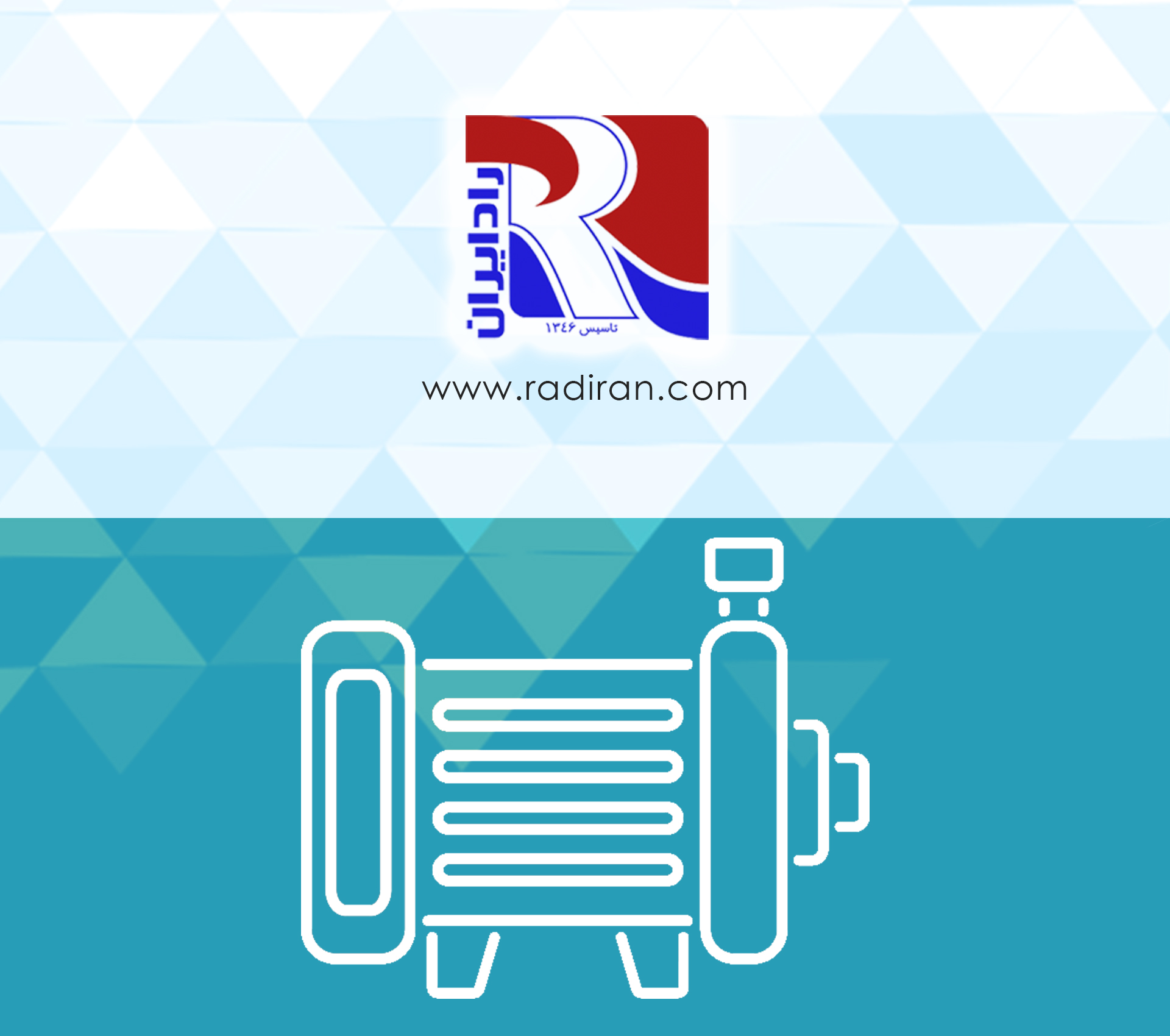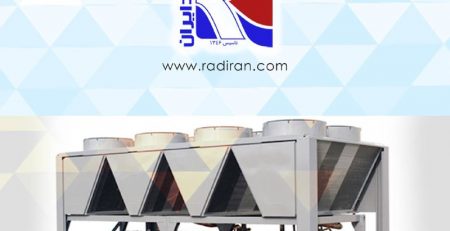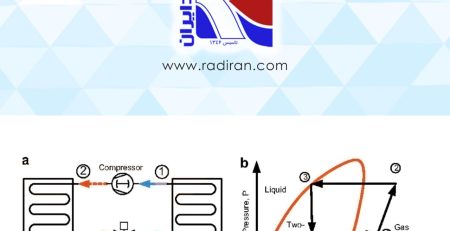Reciprocating or Piston Compressors
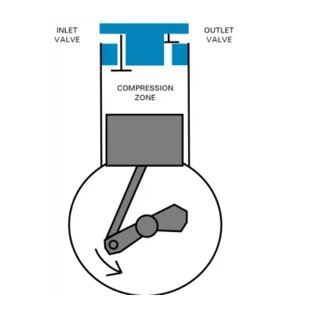
The refrigerant is compressed inside a cylinder thanks to the reciprocating motion of a piston by means of a crankshaft driven by an electric motor. This type of compressor is characterised by:
• They have inlet and exhaust valves that allow a more constant flow.
• The use of silent-block, in order to mitigate the high vibrations to which this type of compressor is subjected.
• Oil level sight glass and crankcase resistance.
• Connection for oil balancing.
• Possibility of individual, tandem, trio or rack mounting.
• Hermetic. They are used in small commercial applications and are characterised by the fact that their structure is covered by a single casing containing both the compressor and the drive motor, which is totally sealed, thus preventing possible refrigerant leakage. However, as a result of the contact between the components and the drive motor, refrigerants such as ammonia cannot be used which could damage the materials of which it is composed. They also have the disadvantage that they cannot be repaired in the event of a breakdown.
• Semi-hermetic. Their application is mainly commercial and their construction has two independent housings so that we would have access to the maintenance and repair of the compressor. However, there is also contact between the motor and the refrigerant fluid, so certain refrigerants cannot be used and there is a higher risk of leakage.
• Open. Their structure divides the motor and compressor into two independent modules, linked by a mechanical transmission. They stand out for their total accessibility for repair and maintenance, also admitting any refrigerant fluid and avoiding the overheating of vapours before admission to the cylinder. On the other hand, they present a higher risk of leakage.
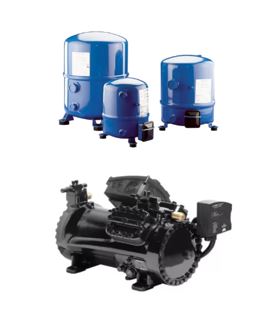
Rotary compressors.
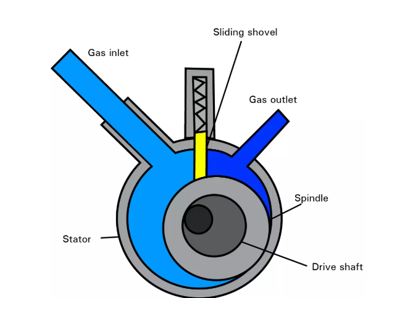
They are characterised by a continuous compression flow, as they do not have suction valves. In addition, oil plays an important role in this type of compressor, as it is responsible for lubrication and sealing. Several types can be distinguished according to the type of rotor movement, although the most common ones:
• Paletas or Vane. The refrigerant fluid fills the space between the compressor rotor and stator, driving the movement of the motor shaft. The fluid is compressed as its space decreases at the point of minimum diameter inside the compressor. This type of compressor has a spring-loaded vane located in a slot in the cylinder. This spring is responsible for dividing the suction phase and the discharge chamber of the compressor.
• Scroll. Its operation is based on the orbital movement of a spiral. It is therefore formed by two identical spirals, one of which is top and fixed (stator), in the centre of which the exhaust port is located. As the lower spiral (rotor) orbits inside the fixed spiral (stator), the thrust of the fluid pockets with the walls causes it to move inwards and subsequently increase its pressure.
• Screw type. It is used for medium and high power ranges, and its application is industrial. It is made up of two rotors of conjugated profiles, one of which, called “male” and which is coupled to the electric motor, forms lobes, while the other “female” has alveoli. Their regulation capacity ranges from 10 to 100%, thanks to a part called a slide, which opens or closes the opening of the fluid to the rotors to vary the power. These compressors are lubricated by direct injection of oil at a controlled temperature, also providing sealing and absorbing the heat of compression. They also have an oil separator and oil injection control.

